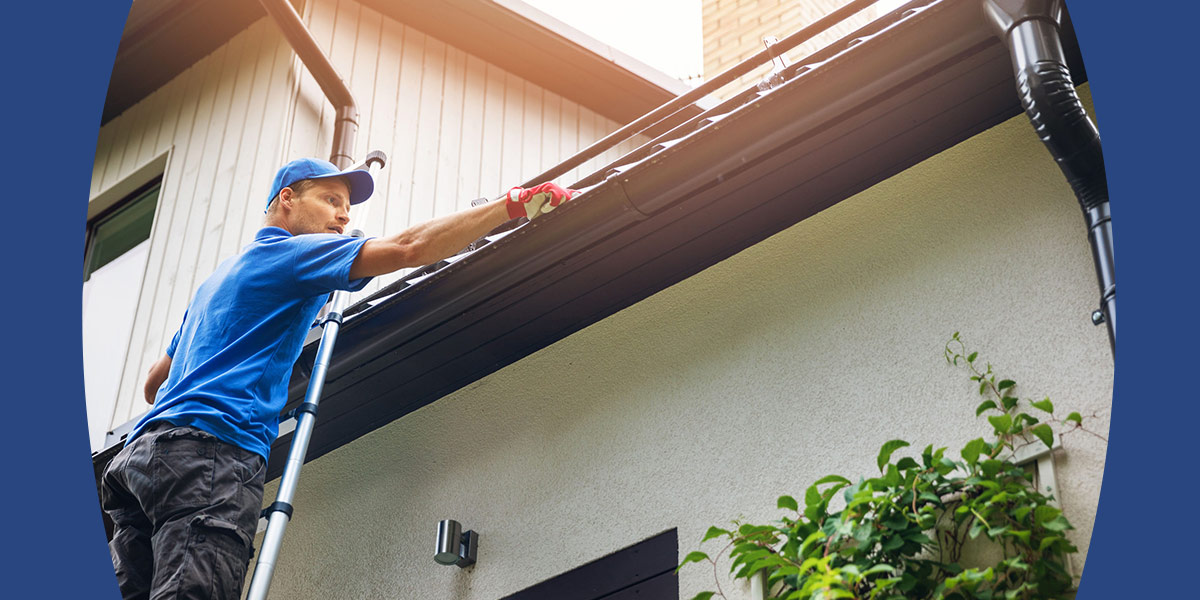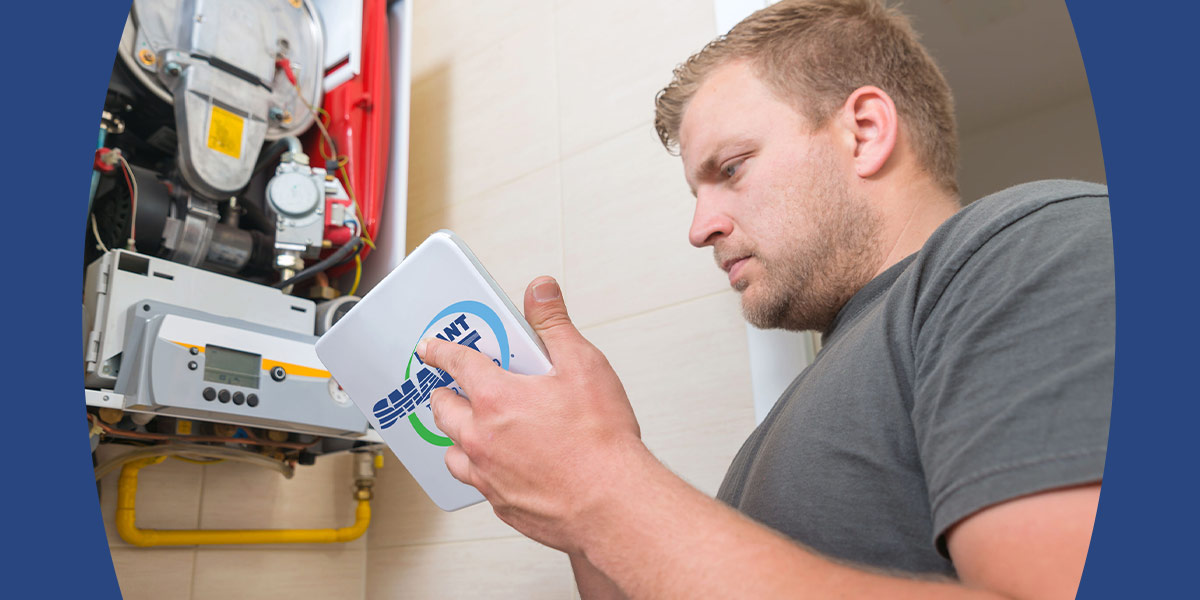Six SMART Ways to Stay Warm and Cozy This Winter
There’s no way around it: winter is here. While there aren’t ways to stop Mother Nature in her tracks, there are ways to mitigate against her wrath. Winterizing your home is an important part of forming a solid defense against the effects of the bitter cold.
Winterizing your home refers to equipping your plumbing and HVAC for colder weather. Below-zero forecasts outside can cause freezing pipes and frigid temperatures inside that take a toll on your family. Not winterizing your home has a lot of potential consequences, including roof damage, increased risk of fire and/or carbon monoxide leaks, power outages, higher heating bills, insurance claims, and indoor flooding.
Winterizing your home can be simple, but you have to know where to start. We’ve provided a winterizing itinerary to help you make it through the winter without an HVAC or plumbing problem.
Change air filters
It’s easy to neglect, but replacing/cleaning your filters once or twice a month makes a world of difference in your air quality. Dirty filters can restrict the flow of treated and warm air throughout your home. Your system will have to work overtime and utilize more energy to compensate for blockage, which shows up on your monthly energy bills.
Wrap your pipes
Frozen pipes are common wintertime plumbing issues. Frozen pipes restrict water flow, but burst pipes add up to costly repairs.
When water molecules freeze, they expand as they crystallize and take up more space than when they’re in liquid form. Freezing ice gradually pushes water towards a closed faucet, which creates tremendous pressure between the ice and faucet. The pipe can rupture under pressure in an area with very little or even no ice.
Wrap your pipes in insulation to prevent significant pipe damage. In case of an emergency, make sure everyone in your home knows where the shut-off is. To save time and have peace of mind that it’s done correctly, find a certified professional to make sure your pipes and other areas of your home are well-insulated.
Install storm windows and doors
Storm doors and windows are extremely energy efficient, sealing in warm air and preventing significant drafts. No, not football drafts or beer on draft — we’re talking about the space between your door and your floor from which warm air escapes and cold air slips through. According to the Department of Energy, the average American spends $2,000/year on energy; of this, $200-$400 could be waste from drafts, air leaks and openings, and outdated HVAC systems. Although they may be a pain to install, storm windows and doors pay for themselves.
Clean the gutters
This is a dreaded seasonal chore that often ends in hiring a neighborhood kid to do the dirty work. But, whether you do it yourself or enlist the help of friends and family, it is a necessary job that needs to get done. Cleaning your gutters helps keep the water path clear and functioning. Debris otherwise creates barriers that restrict flow and allow ice to form. Either take a day to clean those gutters or start making phone calls before it gets too cold to do anything!
Keep up with your thermostat
It may be time to talk about replacing your outdated thermostat. Programmable thermostats are inexpensive in comparison to your utility bill costs. Shelling out a few hundred dollars for an electronic thermostat that is made to save you money is a wise investment.
Once you have your new thermostat, make sure you’re doing your best to optimize it. This means turning your heat down when you leave the house for an extended period of time, i.e. vacation (hopefully to somewhere warmer). This will cut down even further on your energy costs. Needless to say, a functioning thermostat is your best friend this winter.
Have your furnace inspected (if you haven’t already)
The only way to know for sure you’re heating your home efficiently is to have a professional inspect it. It’s advice that’s easy to justify in the moment: “Why would I spend money for someone to tell me that either everything is fine or things that I already know?” We get it. But, the more you do ahead of time ensures less maintenance in the long run. Plus, who wants to need repairs done when it’s freezing out? Furnace issues go undetected longer and more frequently than you’d think. Save yourself some heartache this winter and get that overdue furnace inspection.







